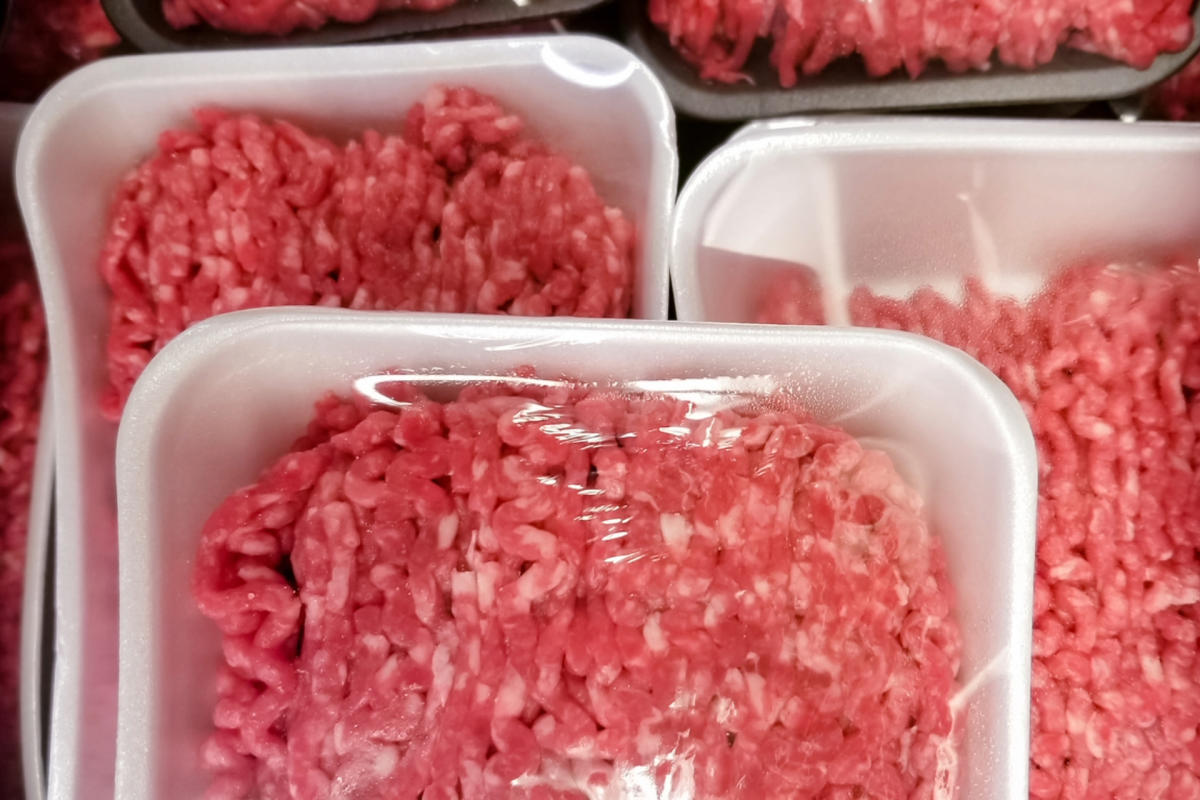
Whoa, so I just saw this news about ground beef being recalled and it kinda freaked me out. Apparently, the USDA issued a warning after some ground beef shipped from Wolverine Packing Co. tested positive for some seriously nasty bacteria. They sent this beef out to restaurants all over the country, which is a little concerning, right? So I started digging a little deeper to find out what’s going on and how I can avoid getting sick.
What Happened?
From what I understand, Wolverine Packing Co., located in Detroit, Michigan, distributed this batch of ground beef that ended up having this potentially life-threatening bacteria. The USDA is in charge of making sure our food is safe, and they stepped in and issued a public health alert. They haven’t recalled the beef yet because it’s likely already been used by restaurants, but they’re doing their best to inform everyone. This is important because this bacteria, if eaten, can cause some pretty serious health problems.
What Kind of Bacteria Are We Talking About?
The news mentioned something about E. coli O157:H7. I’m not a scientist or anything, but I know E. coli is something you definitely don’t want in your food. Apparently, some strains are harmless, but this particular one, O157:H7, can cause some major issues, like severe stomach cramps, diarrhea (sometimes bloody!), vomiting, and even kidney failure in serious cases. Yikes! That’s definitely something I want to avoid.
How Can I Stay Safe?
Okay, so this is the most important part. What can we do to protect ourselves? Even though the beef was sent to restaurants, it’s better to be safe than sorry. Here are a few things I’ve learned that seem important:
- Cook ground beef thoroughly: This seems like the most obvious one. The news said the bacteria can be killed by heat, so make sure your burger isn’t pink in the middle. They recommend an internal temperature of 160°F (71°C). Get a meat thermometer, it’s a lifesaver!
- Wash your hands: This is something we should all be doing anyway, but it’s especially important when handling raw meat. Wash your hands thoroughly with soap and water before and after touching raw meat.
- Clean surfaces: Any surfaces that touch raw meat, like cutting boards, countertops, and utensils, need to be cleaned and sanitized. Hot, soapy water is your friend here.
- Don’t cross-contaminate: Keep raw meat separate from other foods, especially ready-to-eat foods like salads or fruits.
- If you’re eating out, ask about their beef sourcing: It might feel a little awkward, but it’s okay to ask the restaurant where they get their ground beef from. If they’re unsure, maybe choose something else from the menu.
What Are the Symptoms of E. coli O157:H7 Infection?
I looked this up because it’s better to be aware, right? Symptoms can appear anywhere from a few days to a week after eating contaminated food. Here’s what to look out for:
| Symptom | Description |
|---|---|
| Severe stomach cramps | These can be pretty intense and painful. |
| Diarrhea (often bloody) | This is one of the key signs to watch out for. |
| Vomiting | This can lead to dehydration, so it’s important to stay hydrated. |
| Fatigue | You might feel really tired and weak. |
| Fever | Although not always present, some people experience a low-grade fever. |
If you experience any of these symptoms, especially bloody diarrhea, it’s crucial to see a doctor right away. Don’t wait! Early diagnosis and treatment can make a big difference.
What is the USDA Doing?
The USDA’s Food Safety and Inspection Service (FSIS) is working hard to make sure contaminated products are removed from the market. They’re also continuing to investigate and monitor the situation to prevent future outbreaks. This involves tracing the beef back to its source and identifying where it was distributed.
I’m glad the USDA is taking this seriously and keeping us informed. It’s a good reminder to be careful about what we eat and to practice good food safety habits. Stay safe, everyone!


